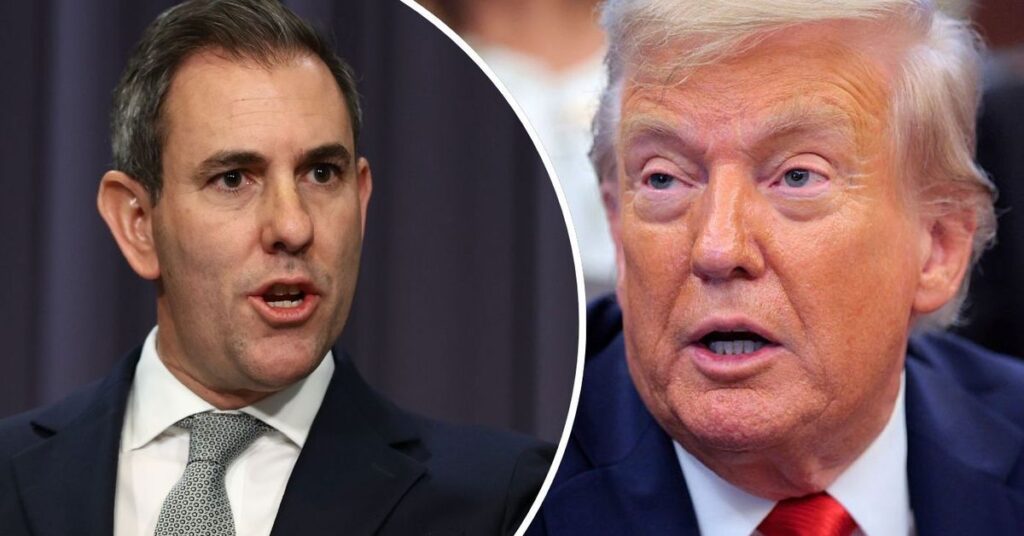
The federal government has announced a significant reduction in tariffs on imported goods, a move that Treasurer Jim Chalmers claims will alleviate financial pressures on Australian businesses. This sweeping cut targets 500 so-called “nuisance” tariffs, affecting everyday items such as wine glasses, televisions, air conditioners, and tires, potentially saving around $157 million in compliance costs.
Chalmers emphasized that the initiative is part of a broader effort to enhance productivity by reducing bureaucratic hurdles that hinder economic activity. “We’re doing this for a very simple reason – these nuisance tariffs often do more harm than good,” Chalmers stated during a media briefing. “Nuisance tariffs push up compliance costs, they push up input costs, they push up prices for consumers as well.”
Economic Impact and Rationale
The decision to slash these tariffs is expected to benefit both businesses and consumers by lowering prices and reducing operational costs. According to Chalmers, large imports often generate minimal tariff revenue for the government. For instance, tariffs on wine glasses yield less than $28,000 annually, yet their abolition could save businesses approximately $13 million each year in compliance costs.
This development follows a previous tariff reduction in March of last year, which saw tariffs cut on 457 imported items, including toothbrushes, refrigerators, dishwashers, and clothing. The current move is seen as a continuation of efforts to streamline trade and reduce unnecessary financial burdens on businesses.
Subtle Critique of Global Trade Policies
While announcing the tariff cuts, Chalmers subtly criticized former U.S. President Donald Trump’s trade policies, which have recently led to the suspension of Australian Post shipments to the United States. Trump’s imposition of a 50 percent tariff on certain goods has been described as a “trade war blow” with significant global implications.
“While other nations are putting up trade barriers, we’re tearing them down,” Chalmers remarked, highlighting Australia’s commitment to open trade policies in contrast to the protectionist measures seen elsewhere.
Looking Ahead: Consultation and Implementation
The treasury is set to release a list of the proposed 500 items for tariff abolition, with the final list expected to be confirmed by the federal budget in May next year. The public will have until December 10 to provide feedback on the proposed changes, allowing for a period of consultation before final decisions are made.
“People will have until 10 December to provide feedback on the additional 500 that we are proposing to abolish and then between the end of that consultation period and the next budget, we will finalize the list,” Chalmers added.
Expert Opinions and Historical Context
Economic experts have generally welcomed the move, suggesting it could enhance competitiveness and stimulate economic growth. By reducing costs for businesses, the tariff cuts may encourage investment and expansion, ultimately benefiting the broader economy.
Historically, tariff reductions have been a contentious issue, often balancing between protecting domestic industries and promoting free trade. Australia’s current approach reflects a shift towards the latter, aiming to integrate more deeply into the global economy while fostering domestic growth.
As the government moves forward with these plans, the focus will be on ensuring that the benefits of tariff reductions are realized across various sectors, potentially setting a precedent for further trade liberalization in the future.







